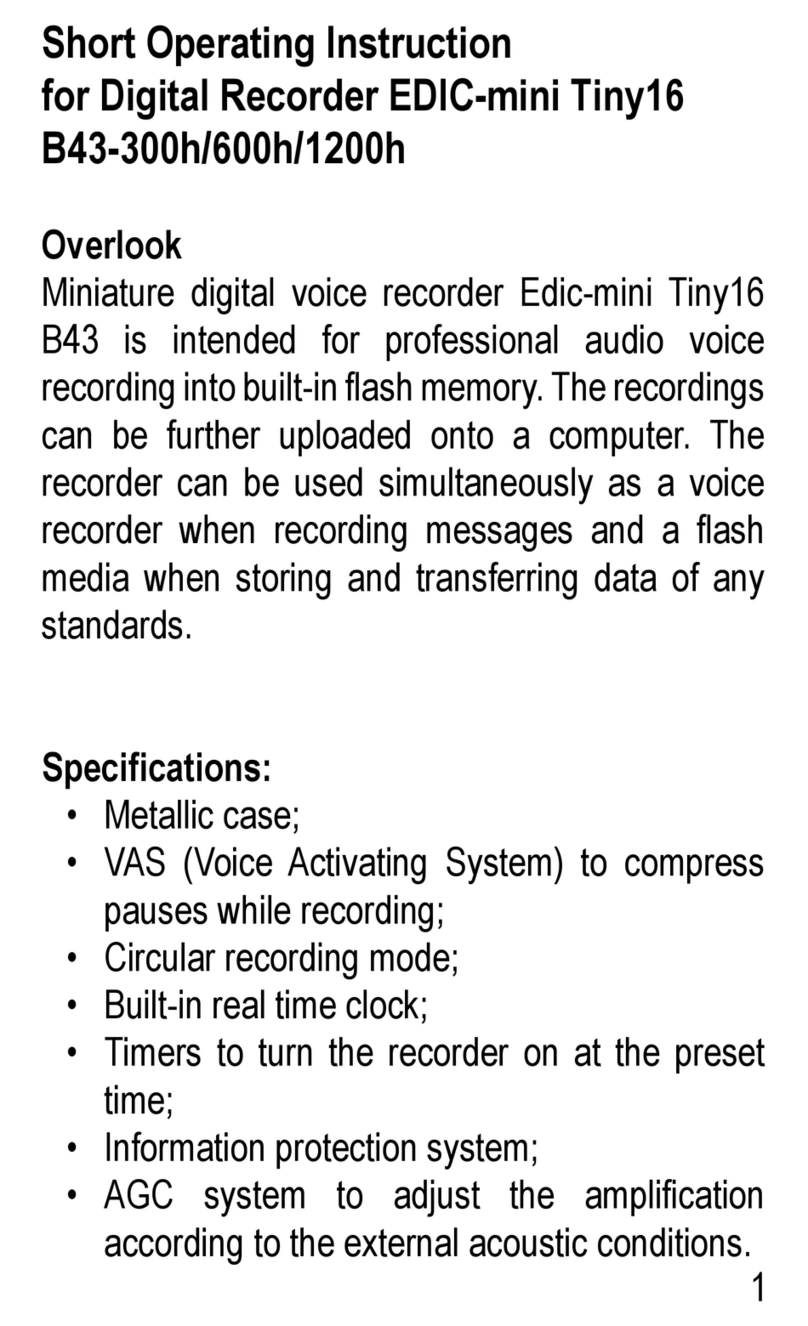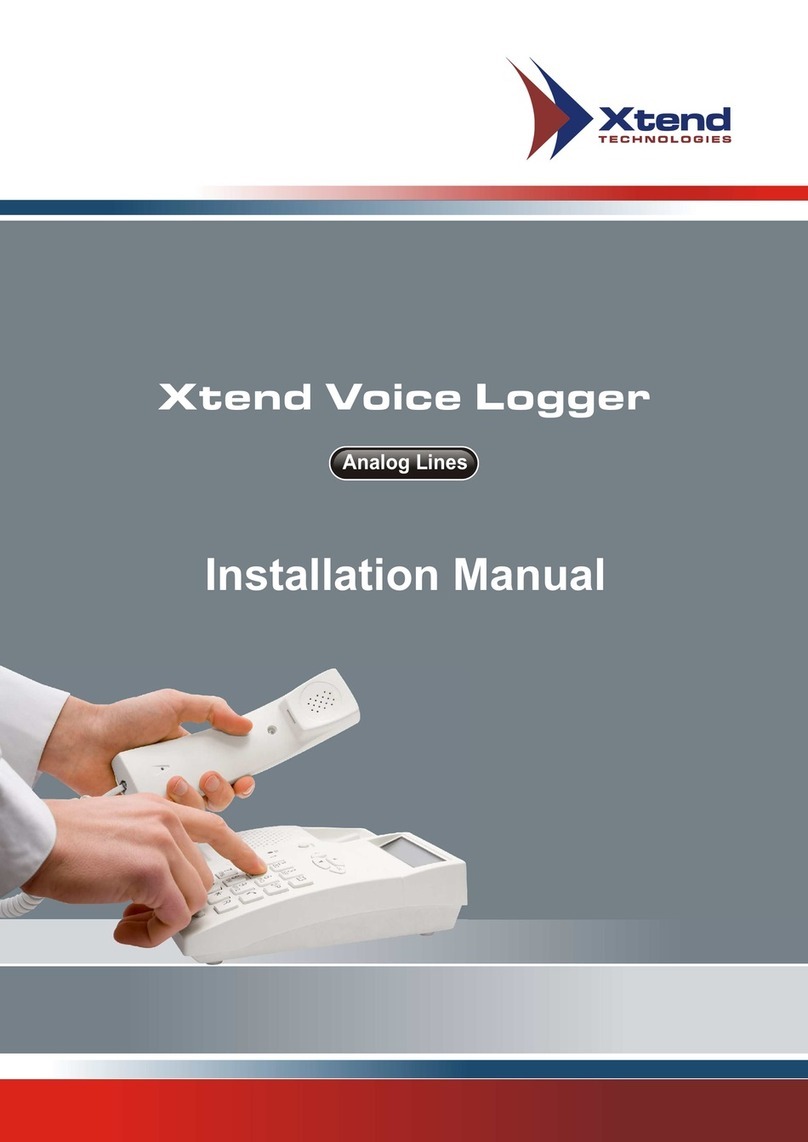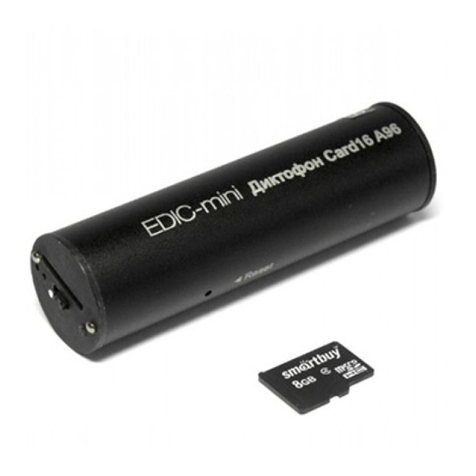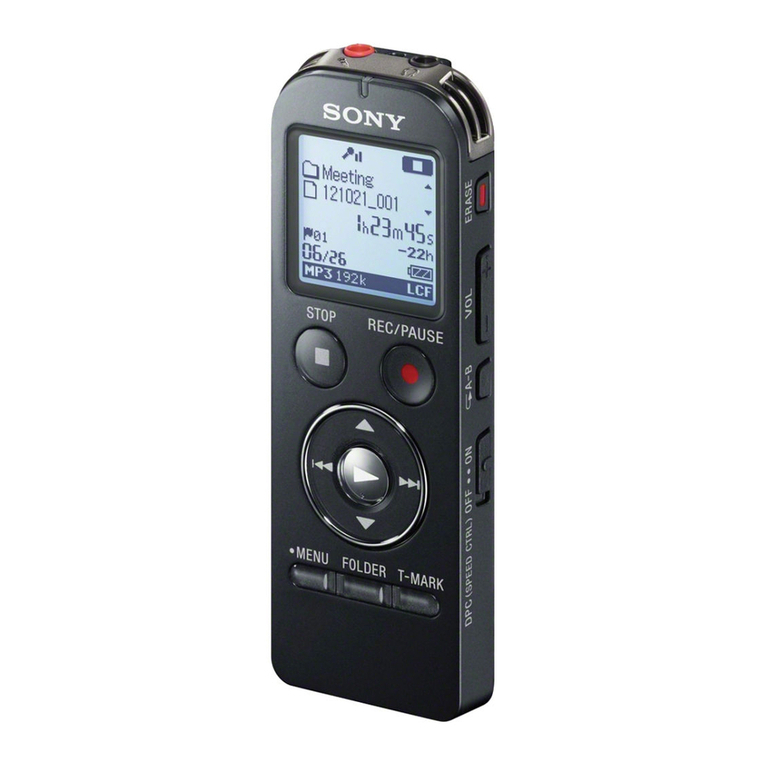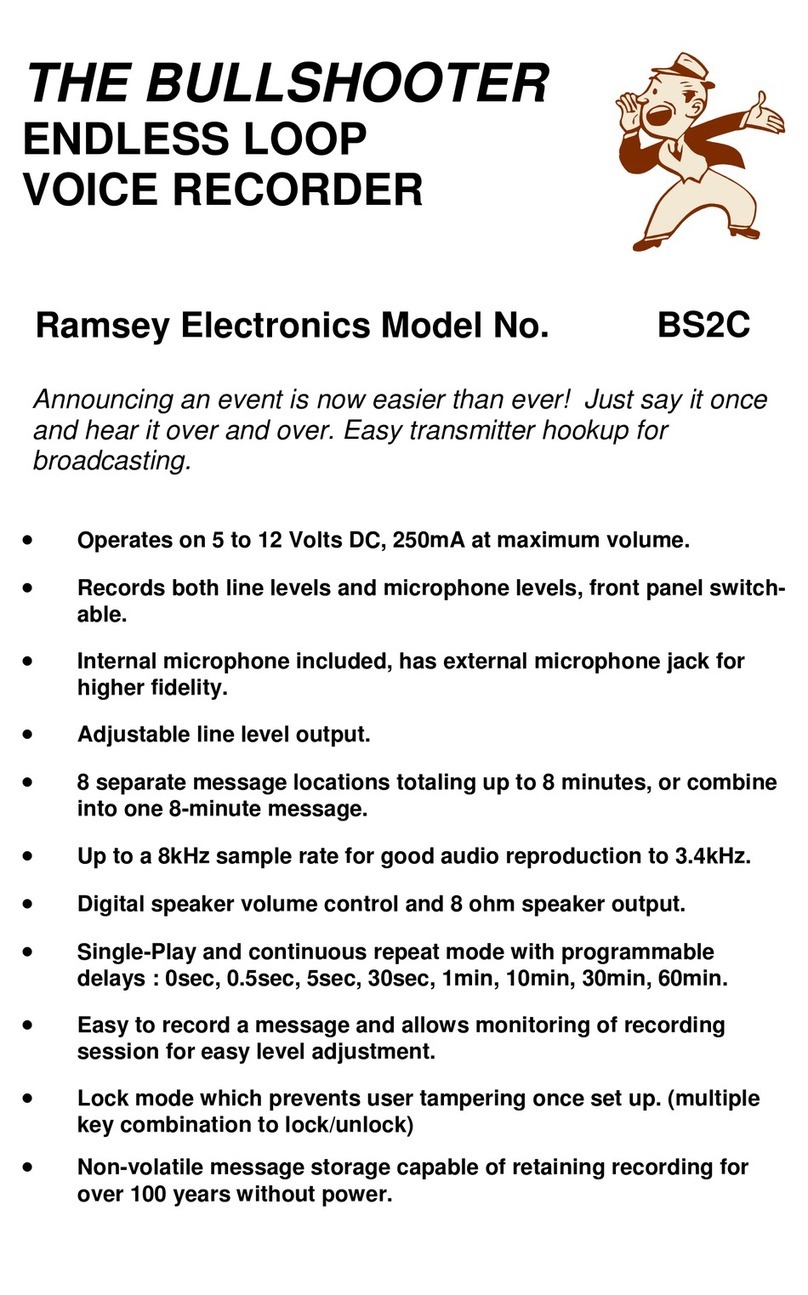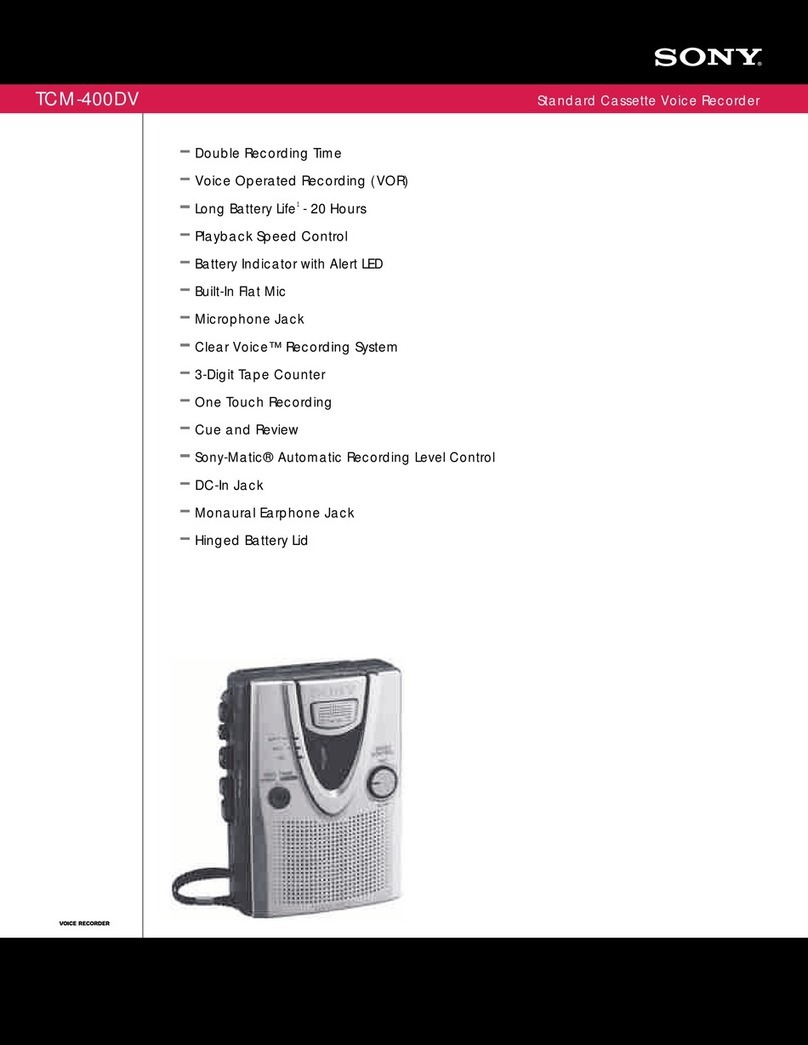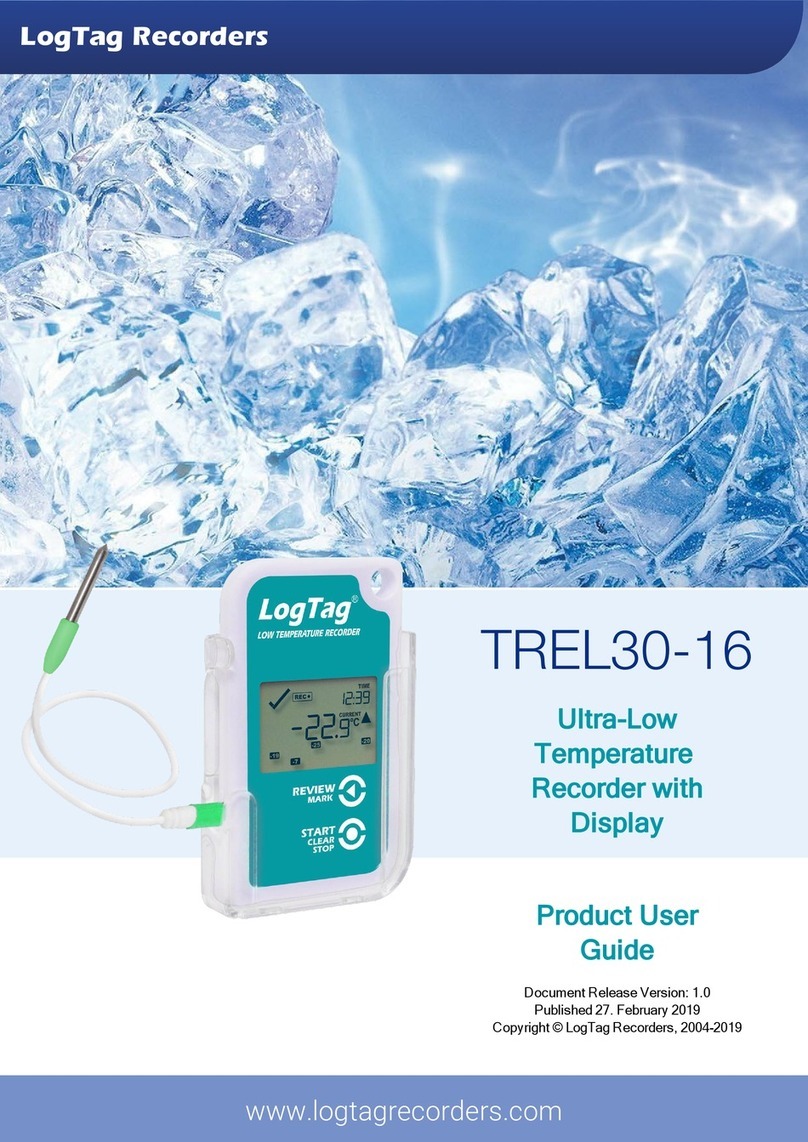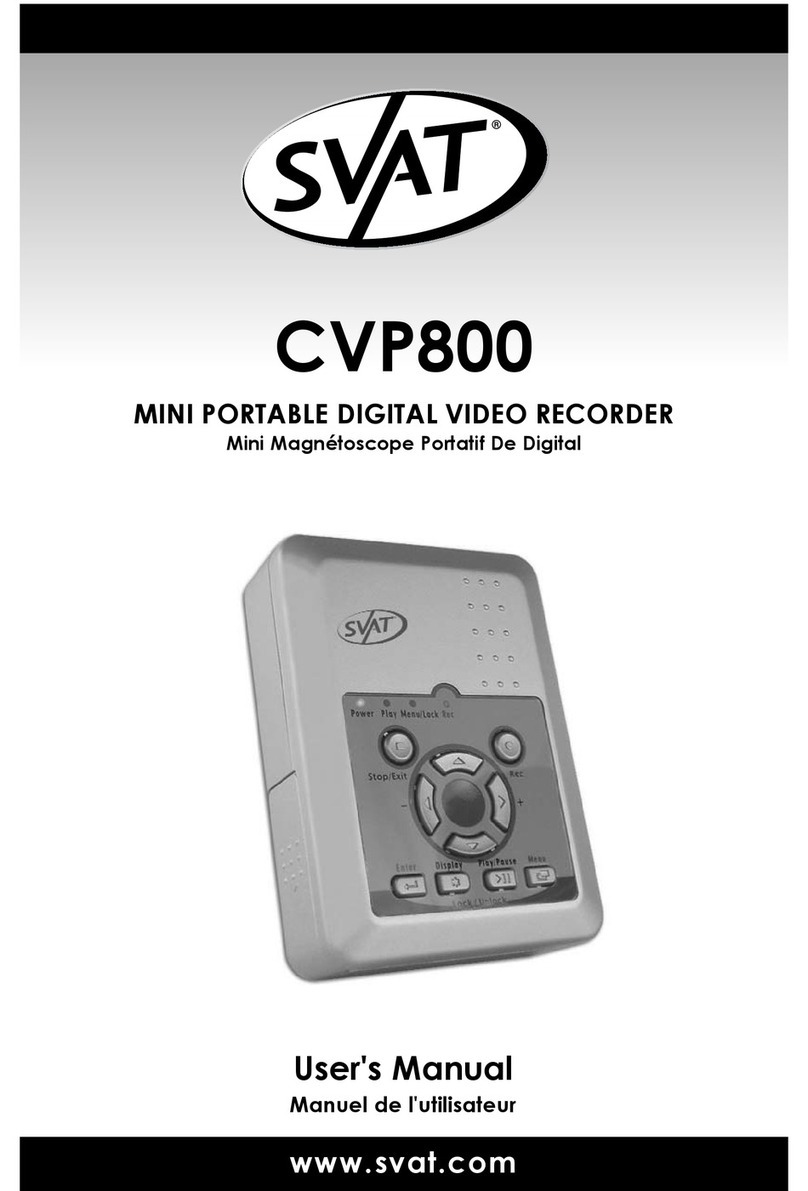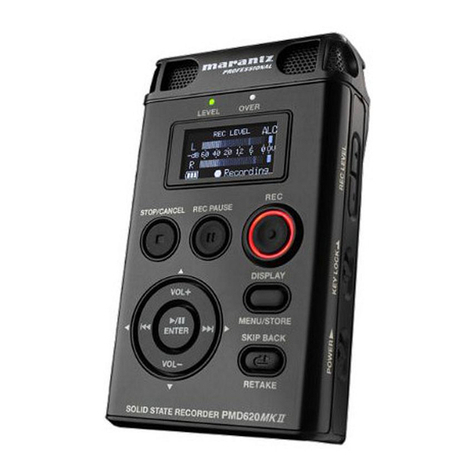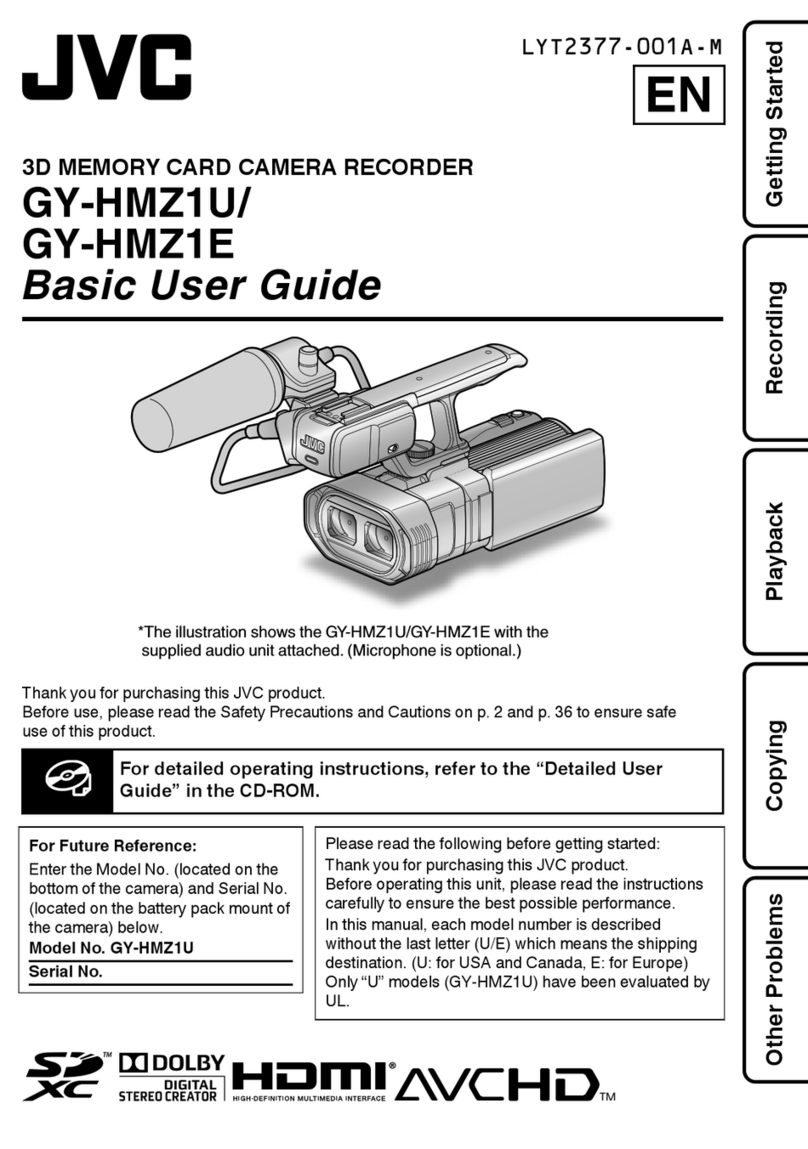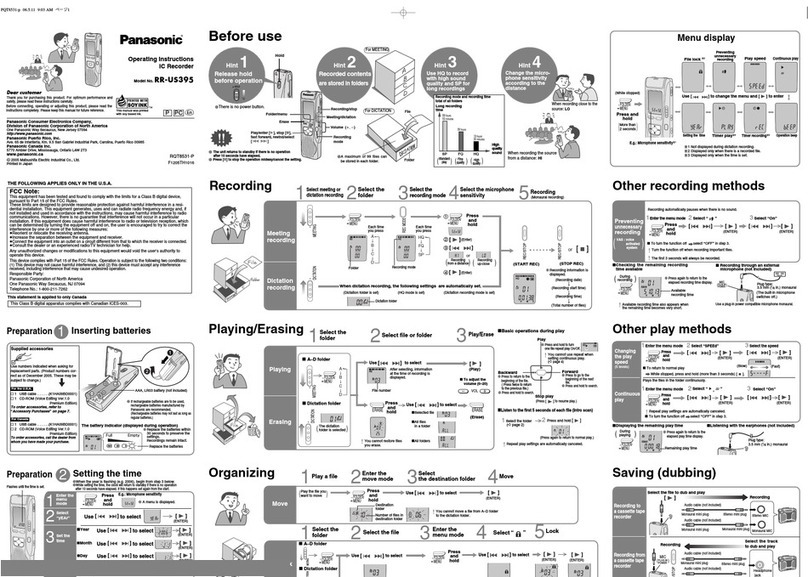
6. Make a music recording from a disc or other
source, Play back and listen for over-all quality.
7. Check for easy operations of controls.
MECHANICAL DRIVE ASSEMBLY
1. With the rewind-stop-forward control knob
(1) in the "Stop" position, idler wheel 22 should be in
a neutralposition; t}tat is, there should be a clearance
of. l/ 32" between the motor shaft and the idler wheel.
2. Withcontrolknob(1) in the n'Rewind" position,
idler wheel (22) is pivoted against the rewind drum (23)
andthemotor shaft. This accounts for the fast rewind
speed. Make a check, byturning the rewind dr,um (23)
counterclockwise, to see if these parts contact each
otherproperly. The idler wheel should turn the motor
shaft. If this does not occur, check for binding parts,
oil on the friction surfaces, or looseness of springs
(57 and 6?A).
3. When control knob (1) is in the "Forward"
position, idler (22) is pivoted against the flywheel and
capstan(30) and the "0" ringbelt (40), which is driven
by the motor belt pulley (16), is pivoted against the
rim of the take-up drum (44).
4. With the motor running and control knob (1)
in "Stop" position there should be at least 1,/32"
clearance between belt (40) and take-up drum (44).
5. With the motor running and control knob (1)
in "Stop" positionobservebelt (40). The same portion
of the belt surface should run in the pulley grooves at
all times, that, the belt should not rotate above the
centerof across section. If such rotation does occur,
belt pulley (16) is not correctly located.
6. Check end play of rewind drum (23), flywheel
(30) and take-up drum (44). Each should have some
end play, not more than L/ 32". Correct assembly of
washers on these shaft should control this.
7. With control knob (1) in "Rewind" position,
there should be at least L/ 32" clearance between the
rubber on the brake (49) and the take-up drum (44).
With motor running, move the control knob slowly from
"Rewind" to "Stop". Meanwhile, rotate the take-up
drum (44) manually. The brake should rotate the take-
up drum before the rewind drum stops rotating. Bend
t}te brake arm to meet these requirements.
8" Place a full 5" reel of tape on the take-up
spindle (43) and run the machine in the "Forward"
position. Measure the tension required to hold the
tape reel stationary. This tension should be 1 to 2
ounces.
NOI'E: Thistensionshouldbemeasuredafterthe ma-
chine has been running with the clutch slip-
ping for at least one minute. The tension is
controlledbythetype and amount of lubricant
used on the felt washer,
9. Usinga? inch reel of tape and an empty ? inch
reel, thread the tape as for playing and observe the
passage of the tape between the reel flanges on forward
drive and on rewind. The tape should be centered be-
tweenthe reelflanges, and the clearance between reel
flanges and top plate should be ample without having
interferencearound the entire reel perimeter, it will
be necessary to replace defective parts.
Page 6
10. When threaded as for playing, and when pow-
ered by 115 volts 60 cycles, the unit should start re-
windingwhen switchedfrom "Offt' to rRewindl with an
almost full 7 inch reel on tfie rewind drum and only a
dozenor so turns of tape on the take-up reel. Failure
to start may be due to weak motor or friction in the
bearings of the capstan or take-up drum.
1 LCheck functioning of pressure roller by holding
clutch plate on take -up drum and letting tape run through
capstan. If tape does not run through smoothly, check
to see if pressure roller surface is clean. The shaft
should be well oiled. The pressure roller in contact
should be flush up against the capstan.
TROUBLES
Take-Up Drum And Capstan Speed Irregular-
1. Grease or oil on the rubber drive surface of
idler wheel (22), motor shaft, pressure roller (26)
"O" belt(40) and take-up drum(44). Clean these parts
with naptha.
2. Motor belt pulley (16) loose.
Tape Overruns When Control Is Turned From "Rewind"
To "Stop" Position-
1. Brake assembly (49) not adjusted properly.
See "Mechanical Drive Assembly #?. "
Tape WilI Not Rewind-
1. Spring (57 and 6?.{) loose.
Failure To Erase-
1" Checkheadwindingsfor openor shorted coils.
2. Check playing surfaces for dirt or other
foreiga material which would prevent close contact of
the tape to the erase head surface.
3. Check position of head to be sure the tape is
running over correct surfaces.
4. Checktheheadfor excessive wear of the erase
head surface.
5. Check the operation of the erase interlock
switch.
Faulty Play-Back-
1. Same as above.
2. Check amplifier circuits, tubes, etc.
Wows-
1. Check capstan (30) for excessive runout.
2. Check idler (22) for worn or uneven surface.
3. Check for low line voltage.
4. Check for sticky tape or foreign material on
the pick-up surface.
